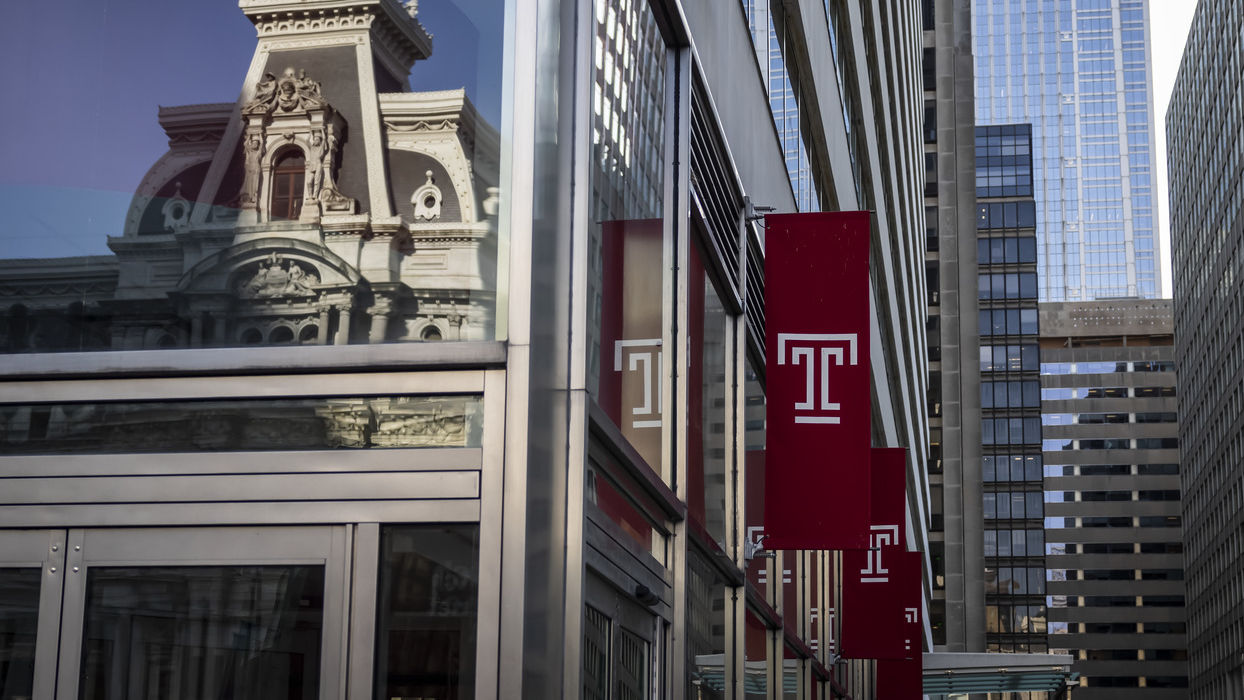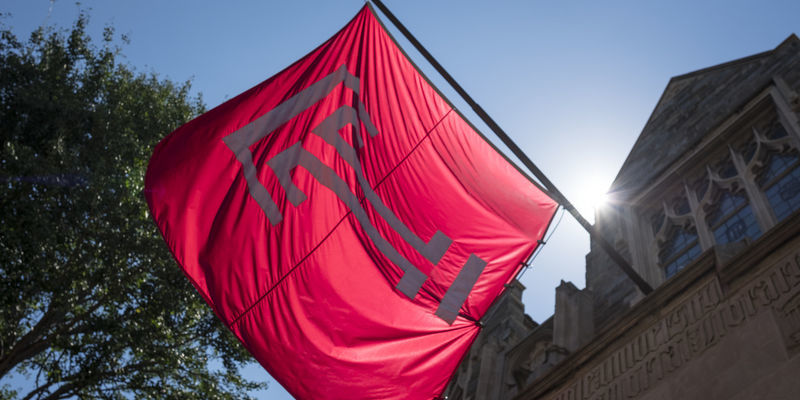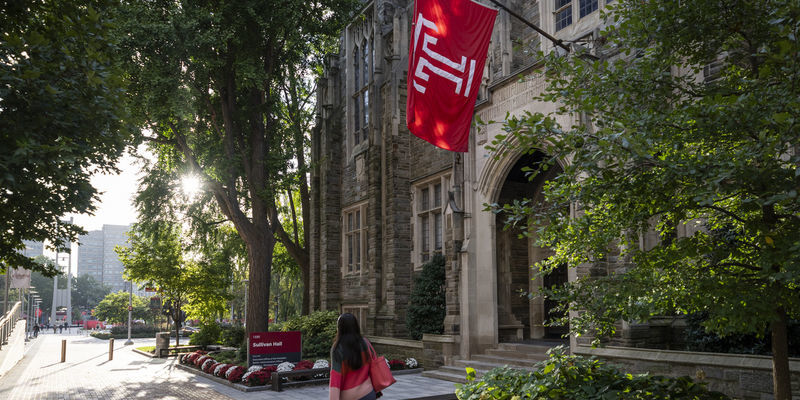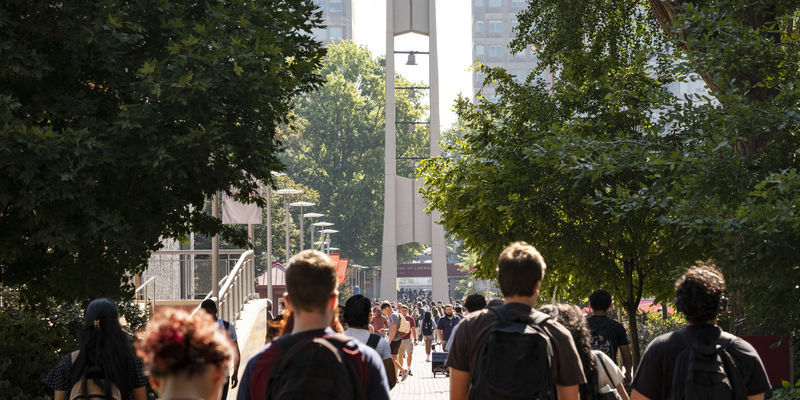A look inside the negotiating process
While contract negotiations are often thought to be fraught and contentious, they are more often than not a routine and methodical process guided by legal guardrails.

Since August of this year, Temple’s negotiating team has been meeting with the Temple Association of University Professionals (TAUP), the union representing full- and part-time faculty members, librarians and academic professionals at 13 of Temple’s 17 schools and colleges, to work out a new contract—the current one expired Oct. 15, 2023. This negotiation occurs every four years, and TAUP is just one of the 11 bargaining units Temple works with to ensure fair and sustainable terms of employment.
“Our mission as a school is a commitment to providing an accessible, excellent education; and part of achieving that mission is by keeping tuition affordable,” says Monica Washington, assistant vice president of labor and employee relations, who has served as chief negotiator since 2005. “We’re not a corporation with endless reserves of money or a university with an enormous endowment, so we do the best that we can with limited resources. We have an obligation to our students and the state to be good stewards of tuition and appropriation funds, but we also have an obligation to our employees to provide them with a competitive pay rate.”
Finding a balance between these competing obligations is the challenging work of the negotiations process. A common myth, says Sharon Boyle, vice president of human resources who also leads the negotiation team, is that contract negotiation is unnecessarily fraught and contentious. According to Boyle, it’s more often than not a routine and methodical process guided by legal guardrails.
It begins with a formal notification. Before negotiations begin, one party must issue a formal notification to the other that they wish to renegotiate the agreement. And then what follows is the usual bargaining process.
Preparation
Boyle and her colleagues review recent history so they can come to the table with proposals that serve to avoid future disagreements and remedy recent ones. “We look for issues that can be resolved and where we can prevent future disagreements in a contract proposal,” Boyle says. “We look at where we are in terms of pay and benefits to ensure that we are competitive, and we consult with people on the managerial side who understand the operations that involve particular bargaining unit employees so we can be prepared to address any other pain points or challenges that arise during the discussions.”
Discussions get underway
The union and the university negotiation teams begin meeting according to a mutually agreed upon schedule. Usually, the union initiates discussion by presenting its concerns and desires for the contract. Based on this feedback, both parties
- begin to modify or even drop proposals as they refine priorities and what they can do to work toward a better agreement,
- plan future meetings to address specific topics, and
- offer proposals and then counter proposals until they arrive at an agreement that everyone can accept.
After this process is concluded, the union brings the agreement to its membership for a ratification vote.
Once the union has ratified the agreement, the contract can be implemented.
“It’s a great feeling when you come out of negotiations knowing you were able to work together to get something done, because it can be a difficult process to find middle ground on certain issues,” Boyle says.
There are times when the union and administration will hit a stumbling block, where the parties struggle to accommodate what the union wants within the capacity that the university can bear. There are always contextual circumstances—the economic climate, budgetary challenges, changes in enrollment—that impact the negotiation. Often, in challenging times, the parties are able to agree to acknowledge the larger forces at play and agree to measures such as deferring a salary increase or extending the contract for an additional year. In the rare case that the issues cannot be resolved, the union may opt to go on strike or take up other actions.
Washington is optimistic that a mutually beneficial agreement with TAUP can be achieved.
“The reason we have been so successful the majority of the time here is that we work to build productive relationships, which go a long way. We have a really good working relationship with many of the leaders of unions on campus. What I have learned in my years of doing this is sometimes you have to be creative, but there is always a way forward.”


